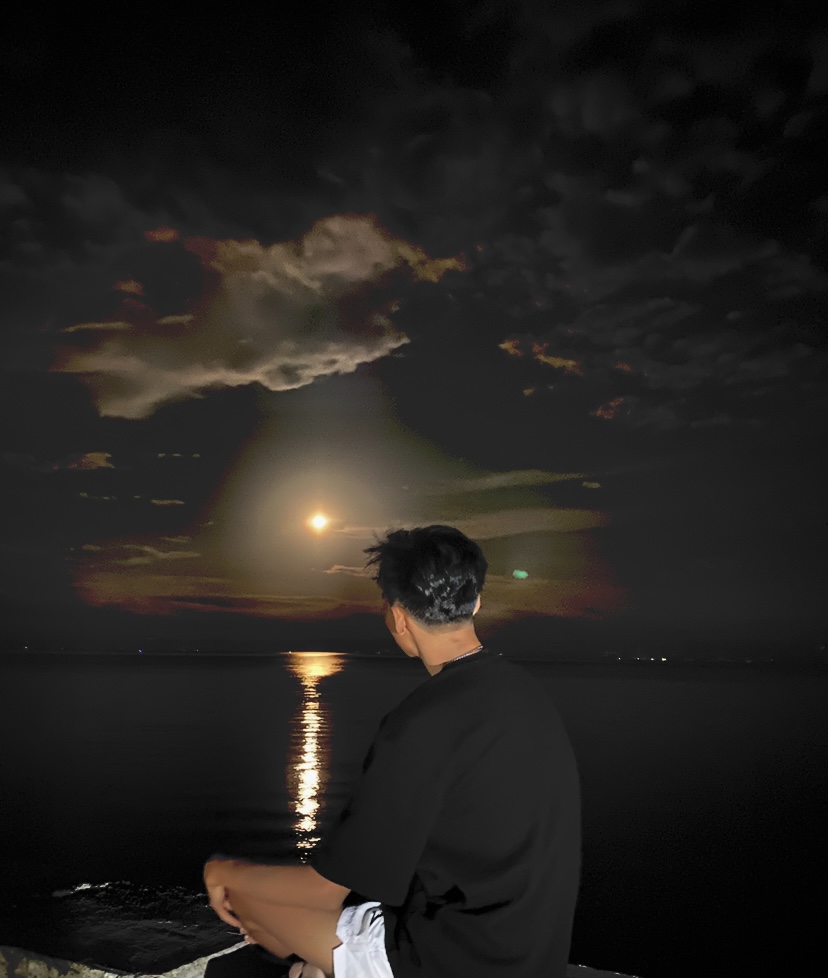
When I was little, things were simple. I didn’t have a cellphone or a camera yet, but I could still see beautiful views. Sometimes, I would look around and see something nice, and immediately imagine taking a picture of it in my mind. Even just a small thing—a flower, a tree branch, a piece of sky—that I saw, I wanted to capture it in some way so I could remember it. It didn’t matter that I couldn’t physically take a photo. I kept those images in my head, and that made me happy. After college, when I got a job, I decided I wanted more than just to connect with people—I wanted to capture what I saw. So I saved up and bought a cellphone. Having the cell phone was not only for calls and messages, but also because I wanted to take pictures of things I liked. Whenever I saw something beautiful—a sunset, a silhouette, a street light or the moon—I tried to snap a photo. It felt good to freeze moments with the camera, even imperfect ones.
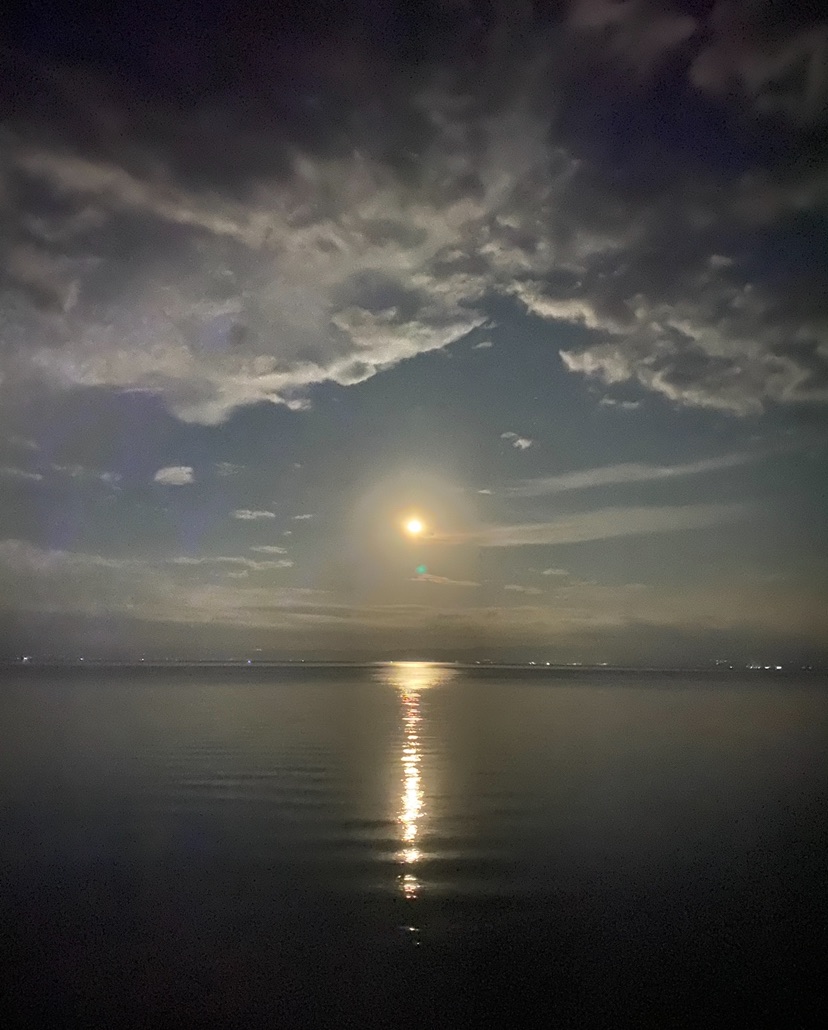
Then I found something I really love to take pictures of at night: the moon, especially a full moon rising over the ocean that almost touches the sea that view feels like a perfect dream. The water glows under moonlight, the moon’s outline shines, and the sky seems alive with soft light. It’s peaceful, calming, magical. And sometimes I watch it, shining in the sky, round and bright. But the pictures I take with my cellphone don’t always show its beauty well. The moon is beautiful, but the quality of the lens in my phone isn’t high enough. So, the image isn’t always sharp. Sometimes it looks blurred. Sometimes it looks small or washed out. But I believe that one day, I’ll have a camera. A real camera, with better lens and better clarity. And when I do, I will make the moon look the way I see it in my mind. I want to capture all the details — the edges, the shadows, the craters, the glow around it. I want the photo to feel like the moon is near, not just a dot in the sky.
---
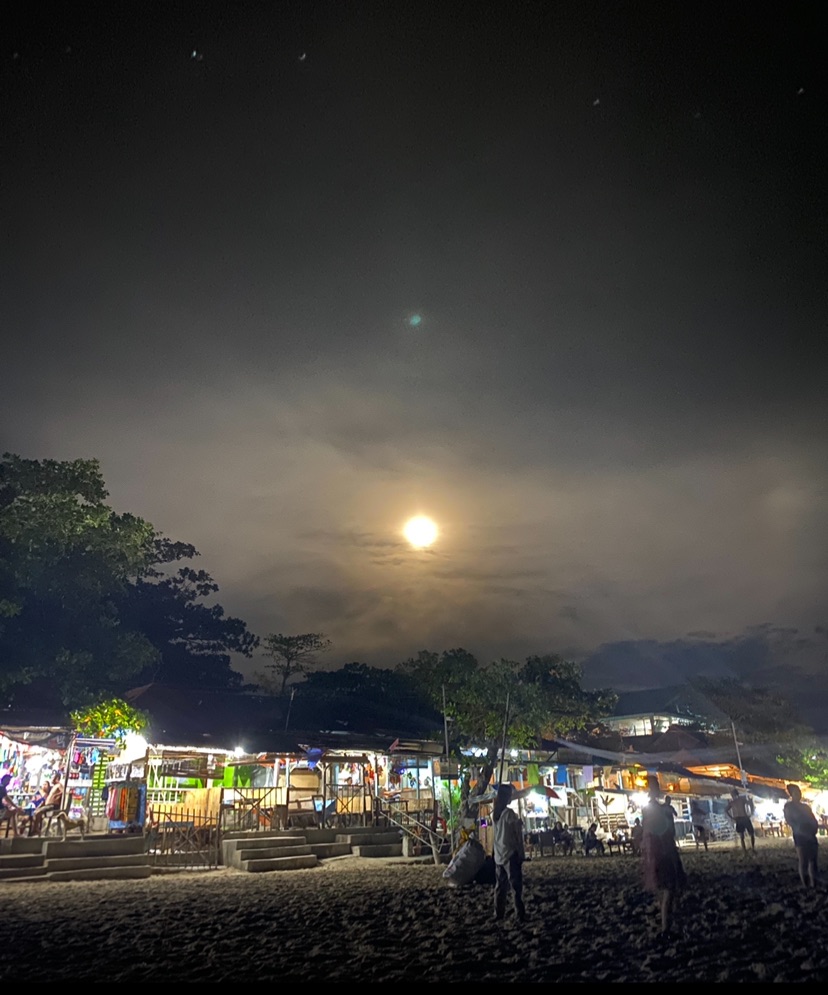
As I think about this more, I realize that snapping a good picture of the moon is not just about having the best equipment — it’s also about patience, timing, and paying attention. For example, the moon looks different depending on its phase: full moon, half moon, crescent moon. Sometimes, when it’s not fully lit, the shadows show craters and mountains on the moon’s surface more clearly. When it’s fully lit, there’s less shadow, so sometimes the detail is flattened out.
Also, what’s around the moon in the sky matters: if there are clouds, they can add mood. If there are trees, houses, mountains, or buildings, those make a picture more interesting. They help to give something in the foreground so the moon isn’t just floating alone in the sky.
Another important thing is light. Even though it’s night, the moon reflects sunlight, which makes it quite bright. But the sky around it is dark. That big contrast can be hard for cameras — especially phone cameras. If you don’t balance things well, the moon becomes a bright white circle without detail, or it becomes faded and barely visible. So when I have a better camera, I want to try different settings. I want to try slower shutter speeds, adjust exposure (how much light the camera lets in), maybe even set the camera on something steady so it doesn’t move. Even with my phone, if I prop it on something solid, I might get better shots. When the camera moves even a little, the moon inside the frame becomes blurred. Using a timer helps: you set the timer so you don’t bump the phone when pressing the shutter, that little shake disappears, and the photo is clearer. 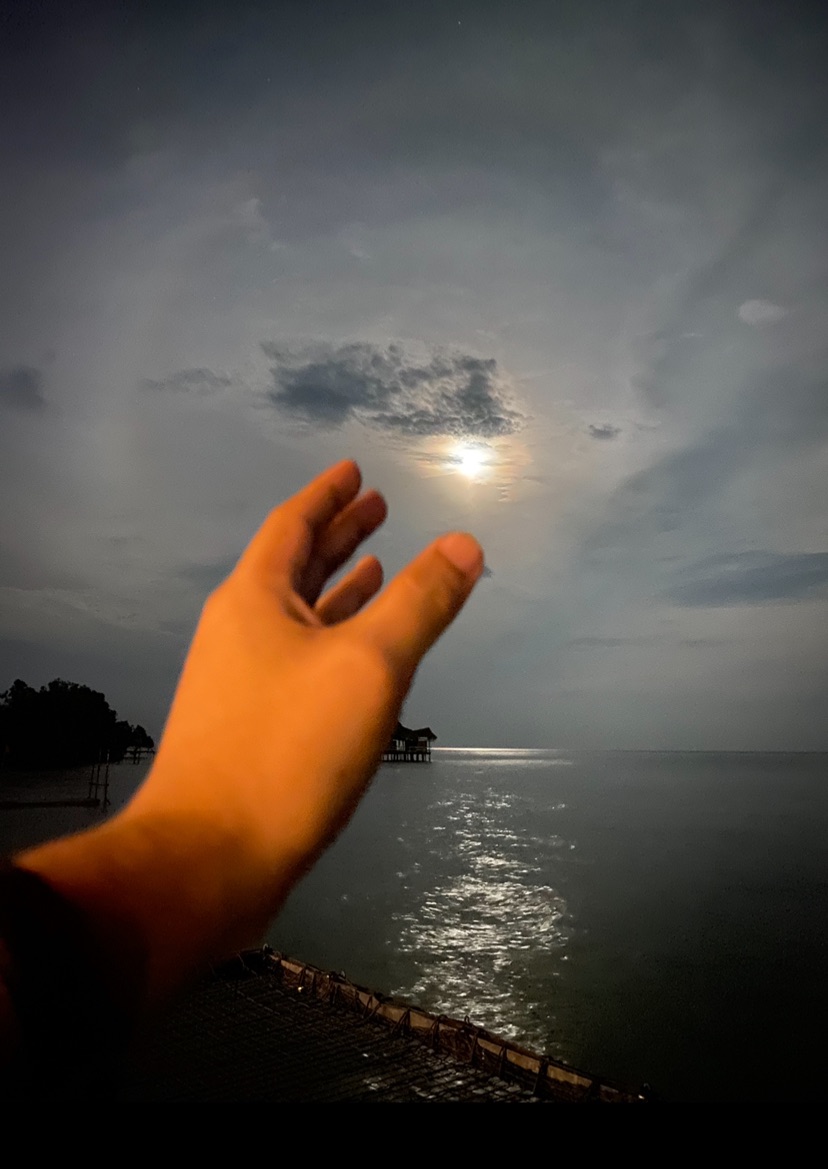And I want to shoot when the moon is low near the horizon because it looks larger there. Also during times when the sky isn’t completely dark yet — just after sunset or before it gets totally dark. The light in the sky at those times is softer, and the moon doesn’t stand out too much, so the camera can pick up more of its shape and detail without turning it into a bright glow.--- 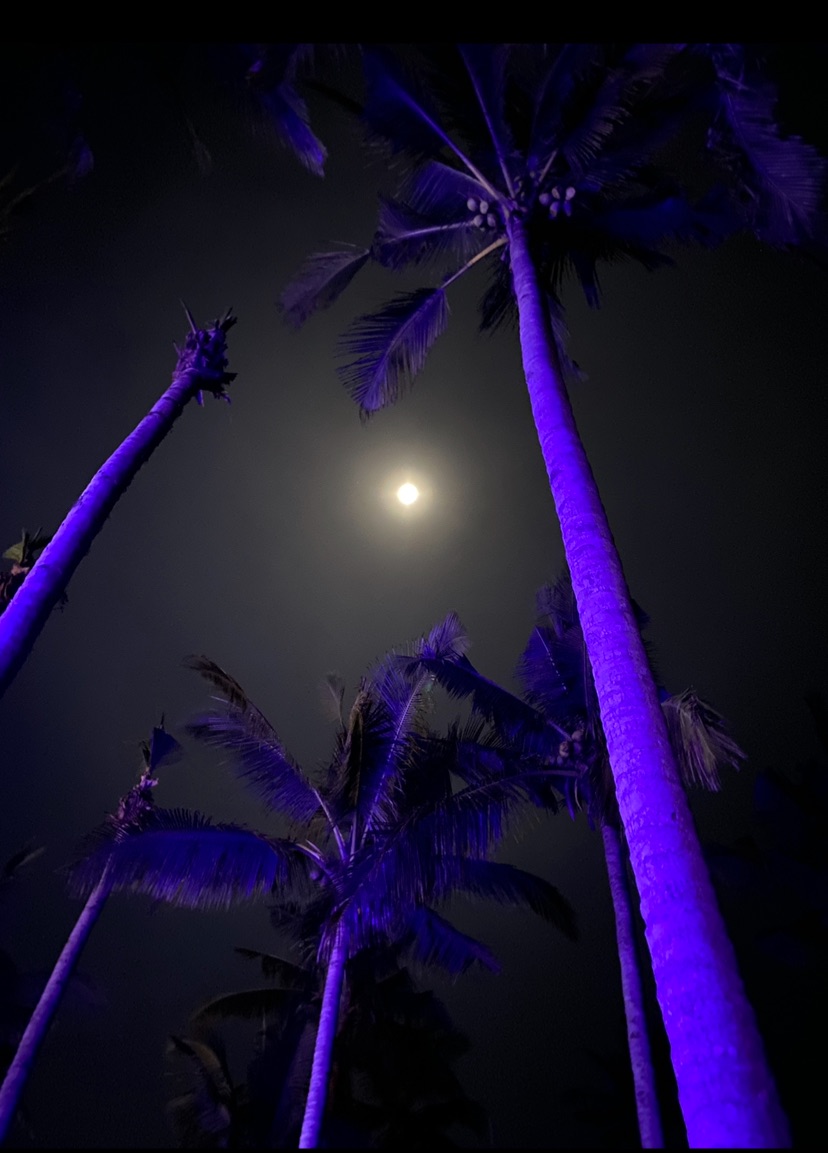 Until that time, I keep dreaming, keep looking, keep trying with what I have. And that’s part of the magic: seeing beauty even without perfect tools, imagining even better photos ahead, and knowing that each view, each attempt, is bringing me closer to the moment I'll take that best shot of the full moon.
"Resonates with photography"
Thank you for taking the time to read. I look forward to seeing you in my next blog.